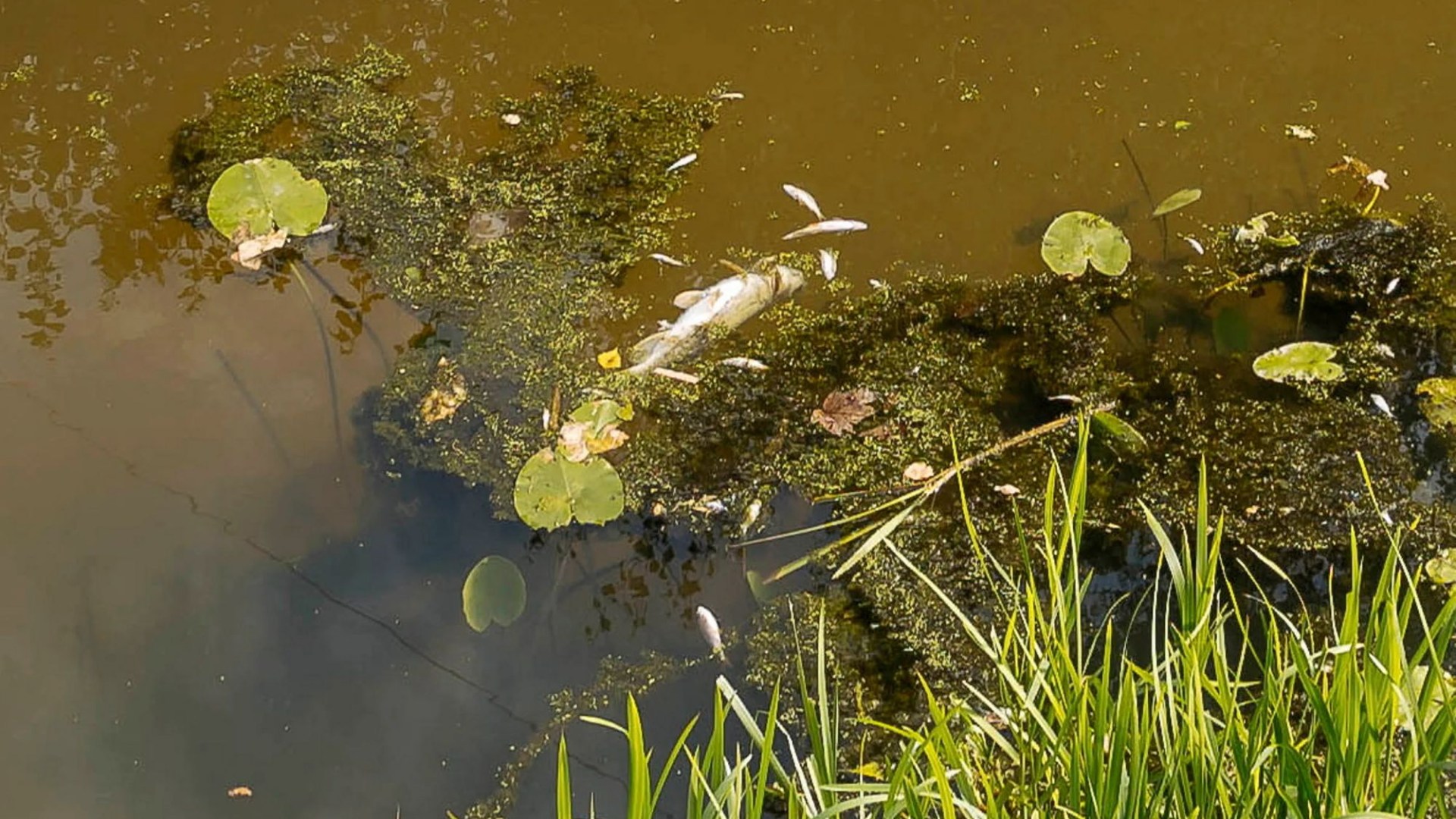A “DEADLY” spread of the chemical poison through a UK canal could last for months – with Brits told to “stay away from the water”.
Sodium cyanide has been found in Walsall Canal in the West Midlands after dead fish were seen floating in the water.

3

3

3
Officials warn there is a potential serious health risk to anyone who has had direct physical contact with the water in the canal.
Locals and pet owners have been told to stay clear of the canal and paths leading to it have been cordoned off.
Now Walsall Council has admitted it doesn’t know how long the water will be poisoned for.
A spokesperson told The Sun: “We wouldn’t be able to say at the moment as we don’t have that information.
“We are working closely with agency partners and will update as the situation progresses.”
Council leader Garry Perry said: “Our priority is the safety of our residents.
“I share their concerns and hope to see this incident resolved as soon as possible.
“We are working closely with our partners to manage this situation which has been declared a major incident.
“For your own safety please avoid this area of the canal and its towpaths.”
An elderly couple living on a narrowboat on the canal have been stranded for days following the spillage.
Kiwi OAPs Lauris Crook, 70, and her husband Bruce, 72, have been unable to pass through the locks on the canal in Rushall.
Bruce said: “They want the water to stay as undisturbed as possible
“As a first step it seems they want everything to stay still. The locks were closed because of repairs required.
“But by Monday afternoon, it was a wider stoppage. So we can’t move.
“They’ll let us know when they’re happy that the boats start moving again.”
Mrs Crook added: “When we came into this system, the system had been blocked off.”
University of London boffin Dr Jonathan Paul said spillages like this are a “cause for concern” and “present a major ecosystem hazard”.
He said: “The greatest risk for people would be encountering the toxic canal water, for instance via touch.
“Ingestion of water containing a sufficiently high concentration of sodium cyanide can result in classic poisoning symptoms.
“They include nausea, weakness, aches, and potentially a loss of consciousness.
“But that is entirely dependent on how much is ingested and the concentration of the chemical.”
What is sodium cyanide?
Appearance:
White crystalline or granular powder.
Description:
Sodium cyanide releases hydrogen cyanide gas, a highly toxic chemical asphyxiant that interferes with the body’s ability to use oxygen. Exposure to sodium cyanide can be rapidly fatal.
It has whole-body (systemic) effects, particularly affecting those organ systems most sensitive to low oxygen levels: the central nervous system (brain), the cardiovascular system (heart and blood vessels), and the pulmonary system (lungs).
Sodium cyanide is used commercially for fumigation, electroplating, extracting gold and silver from ores, and chemical manufacturing.
Hydrogen cyanide gas released by sodium cyanide has a distinctive bitter almond odour (others describe a musty “old sneakers smell”), but a large proportion of people cannot detect it; the odour does not provide adequate warning of hazardous concentrations.
Sodium cyanide is odourless when dry. Sodium cyanide is shipped as pellets or briquettes. It absorbs water from air (is hygroscopic or deliquescent).
Routes of exposure:
Sodium cyanide can affect the body through ingestion, inhalation, skin contact, or eye contact.




